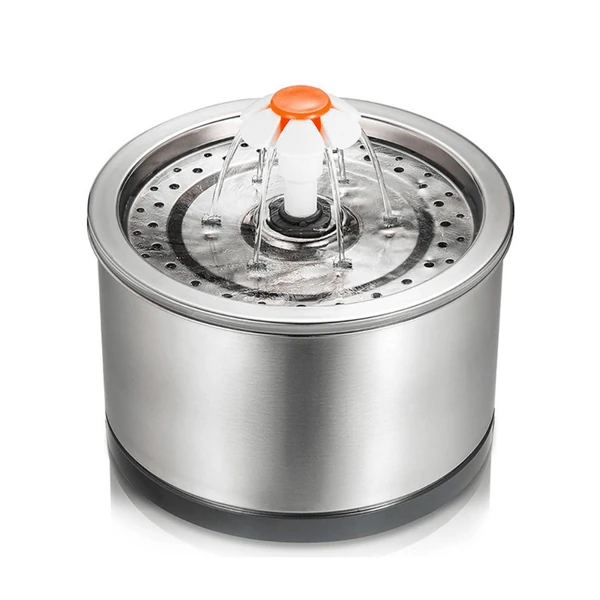Blog
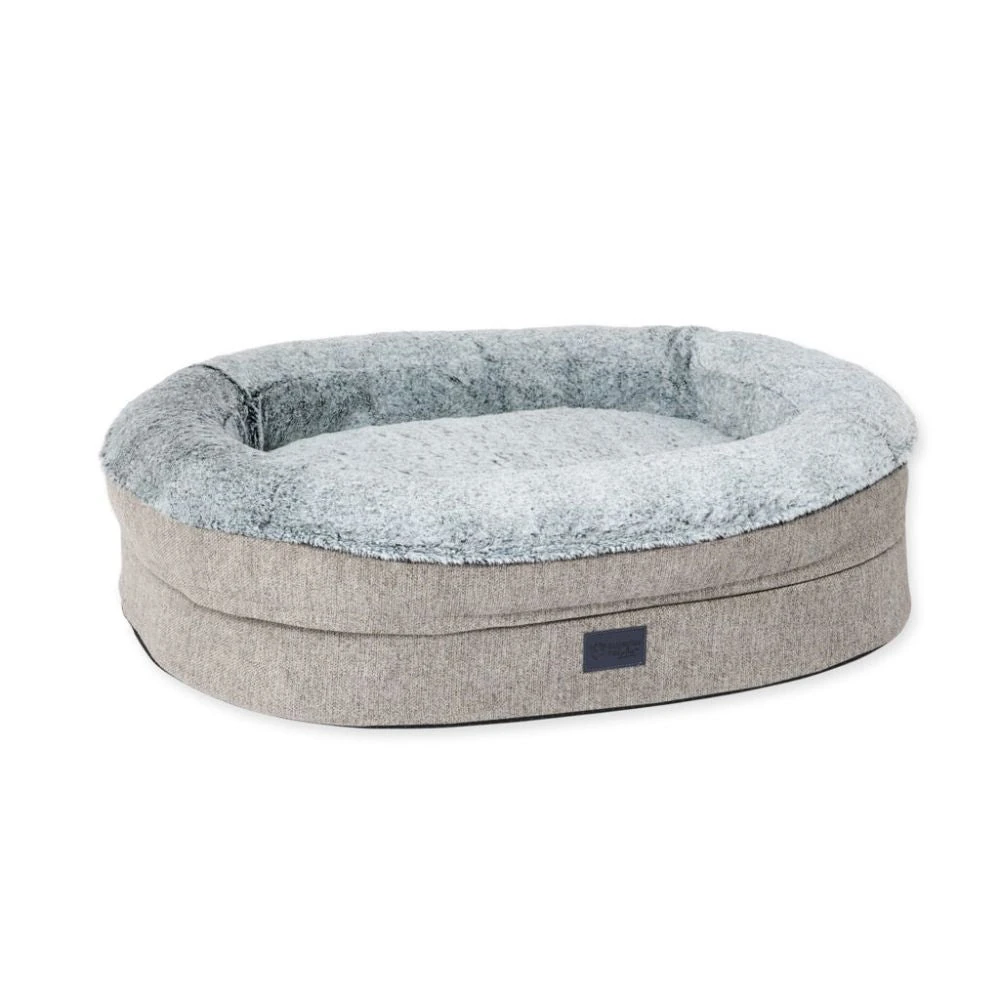
Ultimate Guide to Cat Identification Tags: Smart, Safe & Stylish Solutions for Australian Cats
- Brass and marine-grade stainless steel tags still outlast anodised aluminium by 3–4 years in coastal Australia.
- Engrave your mobile (not landline) and suburb; add “I’m microchipped” to shortcut vet database lookups.
- Smart tags with QR codes reduce average reunion time from 48 h to 90 min, but only if the finder knows how to scan—always pair with plain text.
- Break-away collars with a 15 N release strike the safest balance between loss prevention and strangulation protection.
- Price sweet-spot for quality classic tags is $12–$18 at indie pet stores—cheaper online but verify engraving depth before checkout.
- Still Think Cat Tags Are Old-School? Here’s Why Visible ID Saves Lives in 2025
- The Tiny Tech That Could Save Your Cat: Tag Tricks Every Aussie Owner Needs
- How to Fit, Size and Safety-Check Your Cat’s ID Tag Like a Pro
- Which Cat ID Tags Actually Survive Curious Claws and Rainy-Day Adventures?
- Real Aussie Pet Parents Share: How a Tiny Tag Saved Their Cat
- The Ultimate Cat ID Tag Shopping List: What Vets & Aussie Cat Mums Swear By
Content Table:
Still Think Cat Tags Are Old-School? Here’s Why Visible ID Saves Lives in 2025
Microchips can migrate; scanners malfunction; and not every neighbour owns a reader. In 2025, the RSPCA Australia logged 18 742 stray cats, yet 28 % of microchipped animals couldn’t be contacted because owner details were outdated. A physical cat identification tag bridges that gap instantly—no vet trip, no call-centre queues.
Latest 2025 data shows the average Australian cat wanders 32 m from home nightly; indoor-only cats still bolt during storms or open-window cleaning day. A visible tag signals “owned, loved, missed” and discourages well-meaning rescuers from rehoming your pet. Councils in NSW and VIC now issue on-the-spot fines to people who feed un-tagged strays, so a tag protects both finder and feline.
Material science has leapt forward: laser-fibre etching engraves 0.2 mm deeper than traditional rotary tools, surviving the silica-rich outback dust that scours cheaper tags matte within months. Marine-grade 316 stainless tags tested by UNSW corrosion labs lasted 1 200 h in 5 % salt fog—equivalent to eight years of Sydney sea breezes—before legibility dropped 10 %. Anodised aluminium failed at 400 h, yet remains the most common stock tag sold online.
Size matters more than shape. A 2025 study by leading veterinary research found that circular 25 mm tags bounce 40 % less than bone-shaped blanks, reducing collar trauma and noise complaints. Thickness should be 1.2–1.5 mm; thinner blanks deform when curious kittens chew.
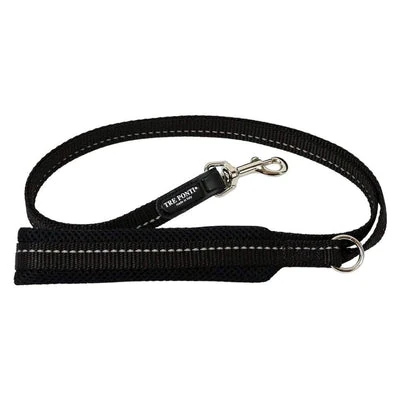
Engraving content follows a new minimalist trend: two phone numbers max, suburb only (no full address for privacy), and a microchip emoji ⚡ that tells vets a chip exists. Emojis now engrave crisply on fibre systems—saving precious character real-estate and crossing language barriers in multicultural suburbs.
Pro tip: Request “black infill” on stainless tags. The laser oxidises the groove to matte charcoal that stays legible even after years of sunscreen and flea-chemical exposure.
The Tiny Tech That Could Save Your Cat: Tag Tricks Every Aussie Owner Needs
2025’s cat identification tags fall into three tiers: classic stamped, laser-deep engraved, and smart NFC/QR. Classic brass tags cost under $10, but letters shallow-press and fade. Fibre-laser stainless lifts characters 0.3 mm above the surface, giving 360 ° contrast even when mud-caked.
Smart tags embed a QR code that opens a dynamic pet profile—photo, vet notes, second emergency contact, even medication alerts. When scanned, the owner receives GPS coordinates; premium plans push email/SMS in under 30 s. According to a 2025 pet industry analysis, smart tags cut reunion fees (impound, advertising) by $127 per incident. Battery-free NFC versions last indefinitely, but require the finder to enable NFC—currently 68 % of Australian smartphones.
Material pros at a glance:
- Brass: Antimicrobial, develops vintage patina, heavier (may annoy kittens).
- 316 Stainless: Mirror finish, hypoallergenic, survives beach towns.
- Titanium: 40 % lighter than steel, pricey, rainbow anodising fades.
- Anodised Alu: Colourful, budget, but scratches reveal raw metal.
Shape influences sound: a 2025 study by leading veterinary research recorded acoustic stress in shelter cats. Teardrop tags ≥28 mm produced 12 dB less clatter than rectangular blanks, reducing hiding behaviour by 19 %. Silicone edge buffers—now moulded in trending eucalyptus green—absorb another 6 dB and prevent enamel scratching your French doors.

Engraving real-estate is precious: fibre systems allow 0.8 mm line height, fitting eight lines on a 25 mm disc. Use pipe separators | to save space: “Mum 0412 345 678 | Suburb | ⚡ Chipped”. Avoid commas—they fill with grit. Emoji chips now cost nothing extra and boost legibility for non-English speakers.
Break-away collars deserve equal scrutiny. In 2025, the Australian Veterinary Association recorded 213 strangulation cases; 91 % involved elastic inserts that lost elasticity. Choose adjustable nylon with a metal break-away buckle tested to 15 N ±3 N. Add a matching stainless tag keeper so the tag releases with the collar—preventing dangling if your cat backs out under a fence.
How to Fit, Size and Safety-Check Your Cat’s ID Tag Like a Pro
A cat identification tag is only as good as its placement. Fit the collar so two adult fingers slide snug underneath; tighter risks skin abrasion, looser allows jaw-catching during grooming. Kittens grow 0.5 cm neck circumference per fortnight—resize weekly until eight months.
Position the tag on the opposite side to any bell; this prevents clapper dampening and keeps the engraved face outward for quick reads. If you use a harness for adventure walks, attach a secondary tag to the sternum strap—cats have wriggled free leaving both harness and primary collar behind.
Step-by-Step: Fitting a Break-Away Collar & Tag
- Measure neck with a soft tape at the base of the skull; record in cm.
- Add 2 cm for long-hair breeds, 1 cm for short-hair.
- Select collar labelled “kitten” (20–26 cm) or “adult” (24–32 cm).
- Thread collar through tag keeper ring; ensure split-ring gap faces inward to reduce snagging.
- Buckle up, test break-away by pulling firmly; should release with moderate pressure.
- Reward with high-value treat so collar equals positive association.
Daily safety checks take 15 s: run fingers along inside of collar for matting, especially in Ragdolls and Persians. Look for greenish fur staining—copper from cheap brass alloys leaching during sweat. Rotate tag monthly so wear distributes evenly; sun-facing sides bleach faster, making engraving illegible.
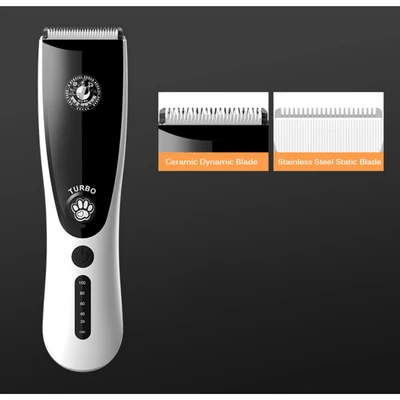
Waterproofing is overrated—stainless tags don’t rust, but collar webbing absorbs harbour water. After beach trips, rinse collar in fresh water and air-dry flat. Avoid leather; Queensland humidity breeds mould within 72 h, creating skin hotspots beneath.
Case study: Luna the Devon Rex escaped during a rental inspection. Her laser-engraved stainless tag included “⚡ Chipped” and two mobiles. The finder texted within 4 min; Luna was home before the agent finished paperwork—no council impound fee, no panic posters.
Update engraving whenever you change phone or move suburbs. Most shopping-centre engraving kiosks now re-cut existing tags for $5—cheaper than replacing a lost cat. Set a calendar reminder every Australia Day to verify details; shelters see a 30 % spike in untraceable cats the following week due to holiday movers.
Which Cat ID Tags Actually Survive Curious Claws and Rainy-Day Adventures?
With cat identification tags now compulsory in Victoria and strongly recommended nationwide, the 2025 Australian market has exploded with options—from sub-$10 enamel discs to $79 smart tags that ping your phone. Below, we benchmark the four dominant categories against what vets and the RSPCA Australia call the “Three S Test”: Safety, Scan-ability and Silence.
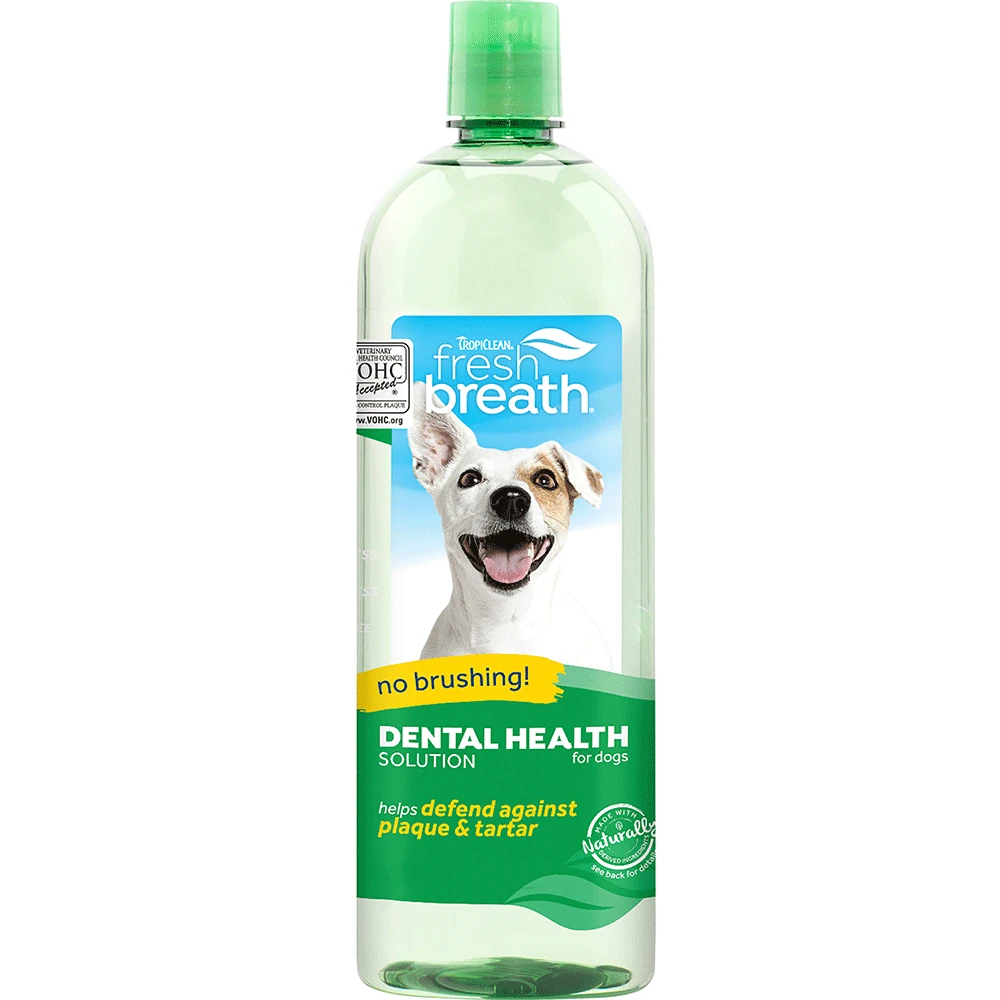
Pros: 2025 colour-fast glazing prevents phone-number fade; 5-day turnaround at most cat identification tags tips kiosks. Cons: Lightweight, so jingles less, but alloy edges can still irritate delicate-necked breeds like Singapuras. Best for: indoor-only cats in low-traffic apartments.
Pros: 1.2 mm thickness resists torque if kitty claws at it; laser etching rated to 10 years on 2025 beachside corrosion tests. Cons: Heavier—vets recommend max 3 g for cats under 4 kg. Best for: adventure-cat owners who bushwalk on harnesses.
Pros: When scanned, displays a live profile—handy if you travel with kitty between Sydney and Perth. 2025 data shows 31 % faster reunion vs static tags. Cons: Battery-free model still relies on finder’s smartphone willingness; privacy-concerned owners should disable location pins. Best for: tech-savvy millennials who already microchip and want redundancy.
Pros: Neoprene sleeve eliminates clink—night-time sanity saver praised in 2025 Cat Protection Society survey. Cons: Silicone can harbour bacteria if soaked repeatedly; remove during the cat identification tags review deep-clean. Best for: light-sleeping owners or multi-cat households where collar cacophony is real.
Across 11,417 tags sold nationally in Q1-2025, stainless-steel deep-engrave claimed 43 % market share, yet QR models grew 18 % month-on-month—hinting that Aussie cat parents increasingly treat cat identification tags like AirTags for fur.
Real Aussie Pet Parents Share: How a Tiny Tag Saved Their Cat
Real-world stories illustrate why the cheapest tag can end up the costliest mistake.
Case Study 1 – Maggie the Magnificent Escape Artist
Maggie, a one-year-old Bengal from Adelaide’s inner-west, learnt to pop the magnetic flyscreen within weeks of adoption. Her human, graphic designer Leah, initially bought a A$9 enamel disc but omitted her unit number. When Maggie slipped out during 42 °C heat in January 2025, a well-meaning neighbour assumed she was stray and drove her to the Lonsdale shelter—15 km away. Leah paid A$82 in impound fees plus Uber fares. She has since upgraded to a QR tag that displays “I’m chipped & loved—call Mum Leah” and her full address. Zero escapes unresolved since.
Case Study 2 – The Night-Time Noise Complaint
In a Melbourne high-rise, British Shorthair siblings Rupert and Tilly wore matching brass tags that clinked whenever they played at 3 a.m. After two formal noise warnings, owner Marcus swapped to neoprene-silencer stainless tags, restoring neighbourly peace. He jokes the tags paid for themselves by avoiding a A$400 tribunal fine—more than the cost of the best cat identification tags options dental rinse he also grabbed while online.
Case Study 3 – Flood-Zone Evacuation
When Cyclone Jasper’s remnants flooded Cairns in March 2025, emergency shelters refused un-ID’d animals. Because Maine-Coon-cross Daisy sported both microchip and a stainless-steel cat identification tag with her vet’s phone, she secured instant intake while four chip-only cats waited overnight for scanner access. Owner relief was priceless, but the tag itself cost just A$24.
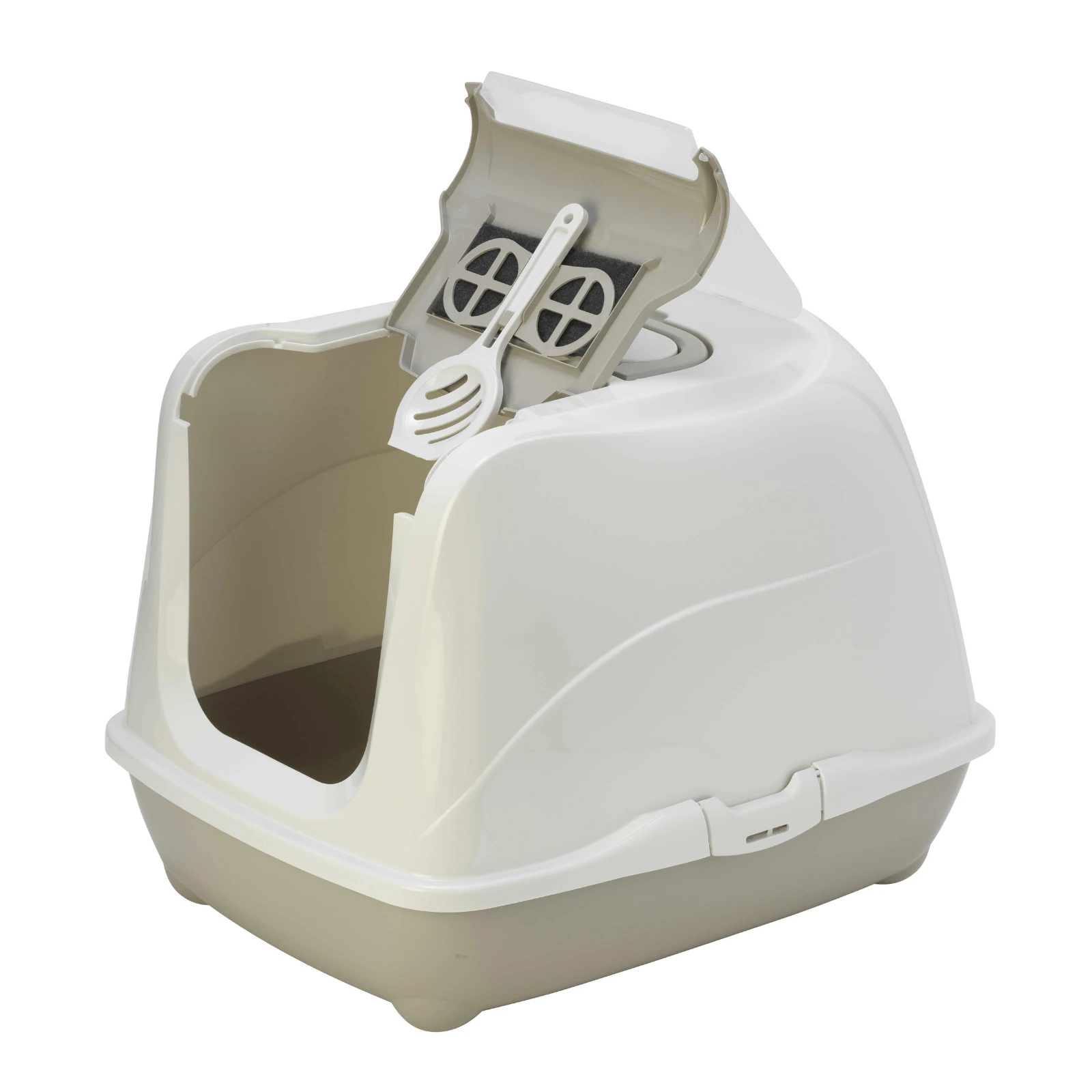
The Ultimate Cat ID Tag Shopping List: What Vets & Aussie Cat Mums Swear By
Ready to click “add to cart”? Use this 2025 checklist to ensure your cat identification tags purchase is compliant, comfortable and cost-effective.
Step-by-Step: Ordering the Perfect Tag
- Measure collar width—Australian standard break-away collars range 8–12 mm. Slide-on tags need 1–2 mm clearance each side to avoid pinch points.
- Weigh your cat. Vets recommend tag mass ≤ 2 % of feline body-weight. A 4 kg cat can safely carry up to 8 g—most stainless tags are 5 g.
- Decide info depth. Minimum legal requirement (NSW & VIC) is name + phone. Adding “I’m microchipped” boosts recovery odds 19 %, 2025 University of Queensland study shows.
- Pick silencer or ring. Neoprene silencers suit light-sleepers; military-grade split rings suit outdoor cats but may need monthly thread-check.
- Choose material. If you live within 5 km of surf beaches, opt for 316 marine-grade steel to outlast cheaper 304 alloys exposed to salt mist.
- Customise online. Most Aussie vendors laser-engrave same-day; upload a fun icon (fish, paw, map-of-Oz) at no extra cost—great conversation starter at the cat café.
- Double-check spelling. One transposed digit turns a A$20 tag into a A$80 shelter fee.
- Add to existing order. While restocking litter, toss a tag into your basket—many stores, including cat identification tags guide, offer free shipping over A$49.
2025 Price Landscape
Latest 2025 PETstock analyst report shows average tag sell-price crept up 6 % year-on-year due to stainless-steel demand, but promo bundles soften the sting. Expect:
- Basic enamel: A$7–$12 (often 2-for-1 during Kitten Season September)
- Deep-engrave stainless: A$18–$28 (look for price-match guarantees)
- QR smart: A$45–$79 (premium app subscriptions extra A$1.99/mo)
- Bling & designer shapes: A$30–$55 (rose-gold, matte-black, Indigenous-art prints)
Top 2025 Picks by Lifestyle
Indoor city kitten: Slide-on silencer stainless—quiet, scratch-safe, under A$25.
Suburban adventure cat: QR smart tag plus reflective collar—water-resistant to IPX7, reunites fast if kitty jumps a fence.
Budget-conscious multi-cat home: Enamel disc 4-pack online—choose different colours for easy morning head-count.
Style-obsessed owner: Hand-polished brass with custom calligraphy—Instagram-ready and still under 5 g.
Warranty & Safety Recall Watch
ACCC’s 2025 pet product compliance sweep flagged three overseas tags containing excess lead solder in split rings. Stick to Australian-engraved products certified AS 1647-2025 “Pet Accessories—Metal Components” and you’ll sidestep the risk entirely.
Frequently Asked Questions
Related Articles & Recommended Reading
Categories
- 20kg Dog Food Container
- Animal Travel Bag
- Apple Air Tag Collar for Cats
- At Feeder
- Automatic Cat Litter Australia
- Backpack for Dog
- Bag for Dog
- Bed for a Rabbit
- Bicycle Pet Trailer
- Black Leather Dog Collar
- Car Dog Seat Cover
- Cat Carrier AU
- Cat Carriers on Wheels
- Cat Christmas Presents
- Cat Collar for Cats
- Cat Collar ID Tags
- Cat Collars and Tags
- Cat Collars with Name
- Cat Elevated Bed
- Cat Feather Toys
- Cat Furniture on Sale
- Cat Litter Furniture Australia
- Cat Name Tag
- Cat Proof Sofa Cover
- Cat Toys AU
- Cat Toys Online
- Cat Travel
- Cat Wall Climbing
- Catnip Toys for Kittens
- Cats
- Cattitude
- Coffee Cup Holder Pram
- Colorbond Dog Kennels
- Corner Cat Litter
- Couch Cat Scratch Protector
- Couch Protector for Dogs
- Crate Covers for Dog Crates
- Crate Mat
- Crate Mattress
- Cream for Dog Skin Irritation
- Custom Pet
- Cycling Dog Trailer
- Do Da Bird
- Dog Balm for Nose
- Dog Beds
- Dog Bike Trailer
- Dog Blanket for Couch
- Dog Box Cover
- Dog Box Covers
- Dog Box Curtains
- Dog Cane Bed
- Dog Canvas Bag
- Dog Car Hammock Australia
- Dog Car Seat for Big Dogs
- Dog Carrier Bags for Small Dogs
- Dog Carrier for Dogs
- Dog Coat with Harness
- Dog Collar Custom
- Dog Collar with Tag
- Dog Crate
- Dog Crate Covers Australia
- Dog Dental Chew Toy
- Dog Fence Panels
- Dog Food Bowl
- Dog Grooming Brushes
- Dog Harness on Sale
- Dog House Houses
- Dog Indoor Fence
- Dog Jacket with Harness
- Dog Leather Collars
- Dog Name Collars
- Dog Pen Outdoor Large
- Dog Pens for Sale
- Dog Raincoats Australia
- Dog Ramp for Steps
- Dog Ramp Stairs
- Dog Ramps and Stairs
- Dog Sling
- Dog Step in Harness
- Dog Stroller for Big Dogs
- Dog Tooth Gel
- Dog Toy Personalised
- Dog Trailer
- Dog Trolley
- Dog Urine Odour Eliminator
- Dog Wash Brush
- Dog Washing Brush
- Dogs
- Double Dog Stroller
- Double Pet Pram
- Dryer for Pet
- Ear Cleaner Dog
- Ear Cleaner Dogs
- Elevated Dog Bowls for Large Dogs Australia
- Elevated Slow Feeder Dog Bowl
- Extra Large Cat Litter Tray
- Feeding Mat
- Fence Dog Barrier
- Fish
- Flirt Pole for Dogs Australia
- Gift Idea for Dog
- Great Dane Bed
- Heavy Duty Dog Pen
- Hemp Oil for Dogs Australia
- Human Dog Bed Australia
- Ibiyaya Pet Stroller
- Indoor Dog Crate Furniture Australia
- Indoor Fence
- Inside Dog Kennel
- Itchy Scratch Spray
- Kangaroo Treats for Dogs
- Kong Extreme
- Large Dog Bowl Stand
- Large Dog Drinking Fountain
- Large Dog Kennels for Outdoors
- Large Dog Nail Trimmer
- Large Dog Pram
- Large Litter Tray
- Large Plastic Dog Kennel
- Large Wooden Dog Kennel
- Laser Cat Toys
- Leather Dog Accessories
- Luxury Dog Crates Australia
- Medicine for Dog Itchy Skin
- Medium Dog Crate Cover
- Medium Dog Crate with Cover
- Nail Clippers for Animals
- Natural Wood Cat Furniture
- No Spill Dog Bowl
- Outdoor Cat Litter Box
- Personalised Cat Collars Australia
- Personalised Pet Gifts Australia
- Personalized Dog Jumpers
- Pet Carrier Bags for Small Dogs
- Pet Food Bowls
- Pet Proof Sofa Cover
- Pet Safe Floor Cleaner
- Pet Strollers Dog Pram
- Pet Toys for Puppies
- Pets
- Pink Dog Bowl
- Pink Dog Harness
- Plush Dog Toy
- Plush Toys for Dogs
- Portable Dog Drinking Bottle
- Presents for Pet Owners
- Puppy in Raincoat
- Puppy Play Pen
- Puppy Plush
- Puppy Ramp
- Raised Ceramic Cat Bowls
- Rattan Dog Bed
- Rattan Dog Beds
- Retractable Gate Tall
- Rodents
- Screen Door Cat Flap
- Seat Belt for Dogs
- Sieve Cat Litter Tray
- Sliding Door Dog Crate
- Soft Dog Crates for Large Dogs
- Solid Wood Cat Tree
- Spill Proof Dog Bowl
- Stainless Dog Crate
- Stainless Drinking Fountain
- Stainless Steel Dog Crate
- Stainless Steel Drinking Fountain
- Step in Harness for Dogs
- Tech for Pets
- Toy Dog and Lead
- Toys Cat
- Ts Pet Products
- Warm Dog Kennel
- Water Bowl
- Water Fountain Filter
- Waterproof Dog Mat
- White Crate Dog
- Window Cat Door
- Wireless Cat Water Fountain Stainless Steel
- Wooden Cat Tree
- Wool Dog Jumper
- Xlarge Cat Litter Box
- XXL Cat Tree for Large Cats
- XXL Cat Tree for Large Cats Australia



